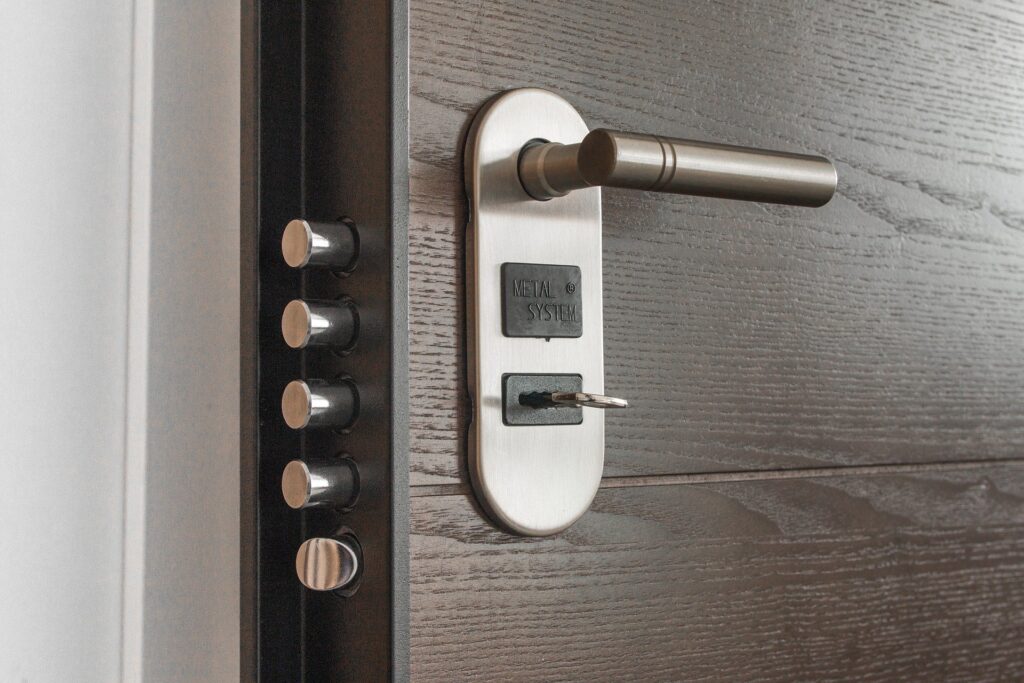Situation
A major construction project commissioned by the UK Government requires the highest levels of security access. However, there are in excess of 200 contractors and other professionals to be admitted to this campus every day, with no diminution of security. Management were increasingly concerned about the access process time and cost as well as maintaining security through the entrance to the campus.
Problem Definition
Significant queues were building up within (and outside) the security entrance building every day. Contractors and other visitors were expressing frustration at the slow-moving queues. Contractors were being paid at an hourly rate stating at arrival but were spending much of their first paid hour doing nothing but queueing.
Project Constraints
The challenge was to transform the seemingly erratic process but with no additional capex or opex, yet maintain all existing security checks. The security process was performed as a series of stages.
Measurement Data Gathered
Initially via the use of graduate resource and eventually webcam technology, data was gathered on waiting times at the various stages of the process. A Measurement Systems Analysis confirmed the adequacy of the measurement system. An initial management target of 15mins (!) showed that the process had a capability index of negative 0.14. 62% of the time waiting was longer than the VOC highest limit. The process exhibited out-of-control variability. The author’s view was that this variability and performance could be transformed.
Analysis Performed
A SIPOC analysis was performed followed by a detailed process map which drilled down to the number of clicks, options, typing, formatting, form filling, printing, and phone calls that receptionists had to perform. The mapping exposed (a discovery to the client) that there were 4 distinct categories that all visitors fitted into.
However, this analysis was insufficient to understand what was happening on a daily basis. On some days the process seemed to operate well, and on other days absolute chaos ensued with major queues building up, contractor tempers running high, and receptionists completely stressed; yet nothing much seemed to have changed with the process or the number of visitors. Deeper analysis was required.
A Designed Experiment (DOE) was performed. This was a 2-factor, 2-level experiment based on the extent of preparedness for a visit and the level of known information about the visitor. Analysis of Variance (ANOVA) produced results which indicated where potential solutions could be found. However, the main findings came from modelling the queue and subsequent Response Surface Analysis clearly showed the conditions which turned success into chaos with very little change in input parameters such as rate of arrivals, type of arrivals, and desk processing times. The process was operating on a cliff edge – the task was to make it robust.
Improvements & Controls Established
Utilising these results 10 improvements were prioritised and implemented on the process. These ranged from simple realignment of tasks, altering the process steps, and deep changes in the security apps and workflow.
Results
The process was transformed via a nine-fold increase in overall process capability (Ppk)with > 99% of visitors admitted within 5 minutes (previously 64% of visitors were waiting longer than this). Overall process variability was reduced by a factor of 4 leading to better predictability. Contractors productive time increased by the equivalent of £176k per year.
Six Sigma Tools Used
SIPOC, Process Mapping, MSA, Capability Analysis, Hypothesis Testing, DOE, ANOVA, RSA, Poisson Modelling of the Queueing Structure, SPC.
Benefits Summary: Reduced Costs via Reduced Non-productive Time, Reduced Contractor Frustration.

